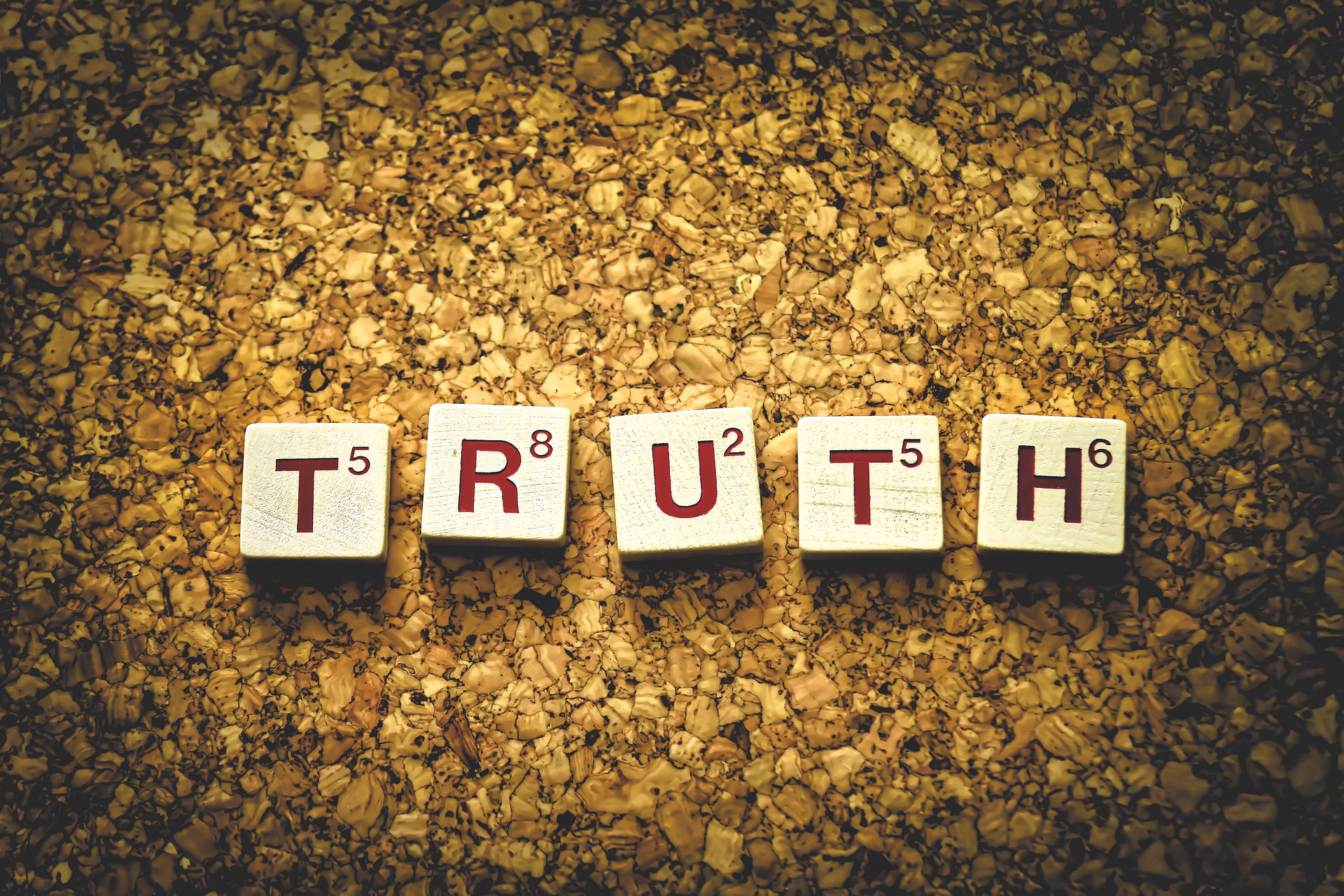The fallout from COVID-19 has ranged from tragic to merely awful, but the pandemic has also highlighted heroes – mostly first responders and other essential workers. It has also brought out the best in some companies and brands, with accompanying positive PR.
The abrupt shutdown of normal work and social life has caused many companies to pull back in their advertising and PR. Others have struggled to strike the right note in such a serious situation. But still others have stepped up. Here are my picks for best brand moves so far during the COVID-19 pandemic.
Lowe’s builds its reputation
Last week, Lowe’s launched its #BuildThanks campaign, asking customers to post thank-you signs and other positive messages for COVID-dedicated medical professionals using the hashtag. The campaign doesn’t ask people to come to Lowe’s to buy materials; rather, it suggests using what they already have at home. But it does encourage participants to share their signs on social media, resulting in thousands of views and engaging local communities.
Coors Light lightens the mood
Social media has been a tad depressing lately, with many expressing anxiety or sharing losses due to the pandemic. We can all use some levity, and this week we got it when 93-year-old Olive Veronesi of Seminole, Pa made a relatable request by holding up a sign reading, “I need more beer” while enjoying a Coors Light. Wouldn’t you know it, Molson Coors was listening. It delivered 150 cans of Coors Light, and, of course, the social media coverage went viral. Olive’s plea – and the brand’s response – was even picked up by CNN. Talk about raising community spirits! I hope she shared.
P&G busts a move
How do we persuade Gen Z-ers to follow social distancing guidelines? In March, P&G issued a challenge on TikTok for #DistanceDance to help do that in its home state of Ohio. The challenge generated billions of views and almost 2 million response videos, including from celebrities, college mascots and athletes. For every #PGpartner-tagged video, the company donates essential items to organizations like Feeding America.
Domino’s delivers
Domino’s has given away 10 million slices of pizza as part of its “Feed the Need” campaign to thank essential workers at hospitals, medical centers, grocery stores, and more. Most of the franchises across the country are involved. They’ve even delivered 100 pies to my local hospital in NJ earlier this month! There’s no topping that move.
Hotels open their doors
My personal favorite move from an organization during this crisis is from the hotel industry. The American Hotel and Lodging Association, which includes hotel franchises Marriott, Hilton and Red Roof Inn, among others, has opened up beds free of charge to house health care workers and other first responders during the pandemic. The effort is called “Hotels for Hope” and is quite a meaningful step in keeping health care workers and their families safe.

